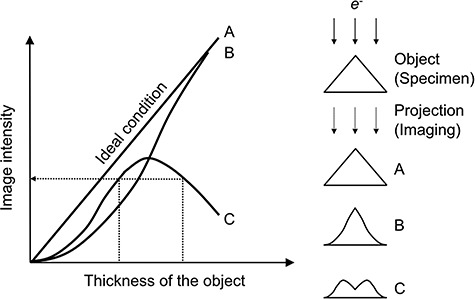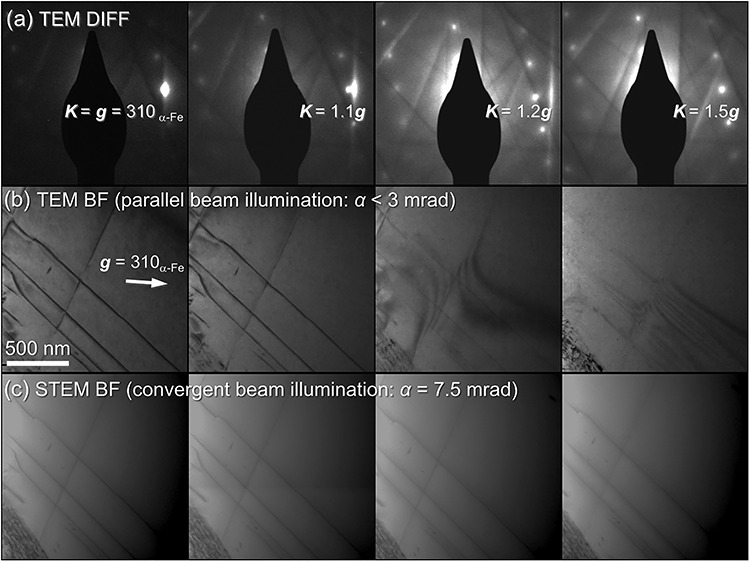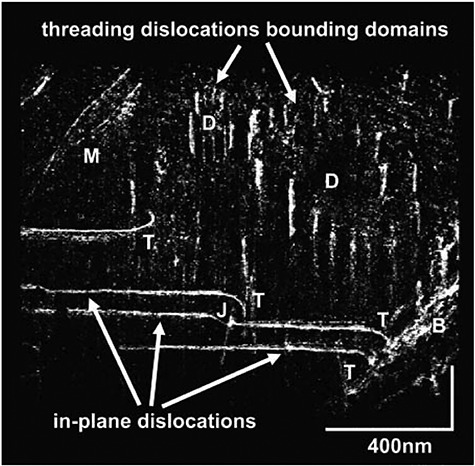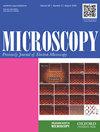Electron tomography imaging methods with diffraction contrast for materials research
IF 1.8
4区 工程技术
引用次数: 13
Abstract
Transmission electron microscopy (TEM) and scanning transmission electron microscopy (STEM) enable the visualization of three-dimensional (3D) microstructures ranging from atomic to micrometer scales using 3D reconstruction techniques based on computed tomography algorithms. This 3D microscopy method is called electron tomography (ET) and has been utilized in the fields of materials science and engineering for more than two decades. Although atomic resolution is one of the current topics in ET research, the development and deployment of intermediate-resolution (non-atomic-resolution) ET imaging methods have garnered considerable attention from researchers. This research trend is probably not irrelevant due to the fact that the spatial resolution and functionality of 3D imaging methods of scanning electron microscopy (SEM) and X-ray microscopy have come to overlap with those of ET. In other words, there may be multiple ways to carry out 3D visualization using different microscopy methods for nanometer-scale objects in materials. From the above standpoint, this review paper aims to (i) describe the current status and issues of intermediate-resolution ET with regard to enhancing the effectiveness of TEM/STEM imaging and (ii) discuss promising applications of state-of-the-art intermediate-resolution ET for materials research with a particular focus on diffraction contrast ET for crystalline microstructures (superlattice domains and dislocations) including a demonstration of in situ dislocation tomography.



用于材料研究的衍射对比度电子断层成像方法
透射电镜(TEM)和扫描透射电镜(STEM)能够使用基于计算机断层扫描算法的3D重建技术来可视化从原子尺度到微米尺度的三维(3D)微观结构。这种3D显微镜方法被称为电子断层扫描(ET),在材料科学和工程领域已经应用了20多年。尽管原子分辨率是当前ET研究的主题之一,但中等分辨率(非原子分辨率)ET成像方法的开发和部署已经引起了研究人员的极大关注。这一研究趋势可能并非无关紧要,因为扫描电子显微镜(SEM)和X射线显微镜的3D成像方法的空间分辨率和功能已经与ET重叠。换句话说,可能有多种方法可以使用不同的显微镜方法对材料中的纳米级物体进行3D可视化。从上述观点来看,这篇综述论文的目的是:(i)描述中分辨率ET在提高TEM/STEM成像有效性方面的现状和问题;(ii)讨论最先进的中分辨率ET用于材料研究的有前景的应用,特别是用于晶体微观结构(超晶格畴和位错)的衍射对比度ET包括原位位错断层扫描的演示。
本文章由计算机程序翻译,如有差异,请以英文原文为准。
求助全文
约1分钟内获得全文
求助全文
来源期刊

Microscopy
工程技术-显微镜技术
自引率
11.10%
发文量
0
审稿时长
>12 weeks
期刊介绍:
Microscopy, previously Journal of Electron Microscopy, promotes research combined with any type of microscopy techniques, applied in life and material sciences. Microscopy is the official journal of the Japanese Society of Microscopy.
 求助内容:
求助内容: 应助结果提醒方式:
应助结果提醒方式:


